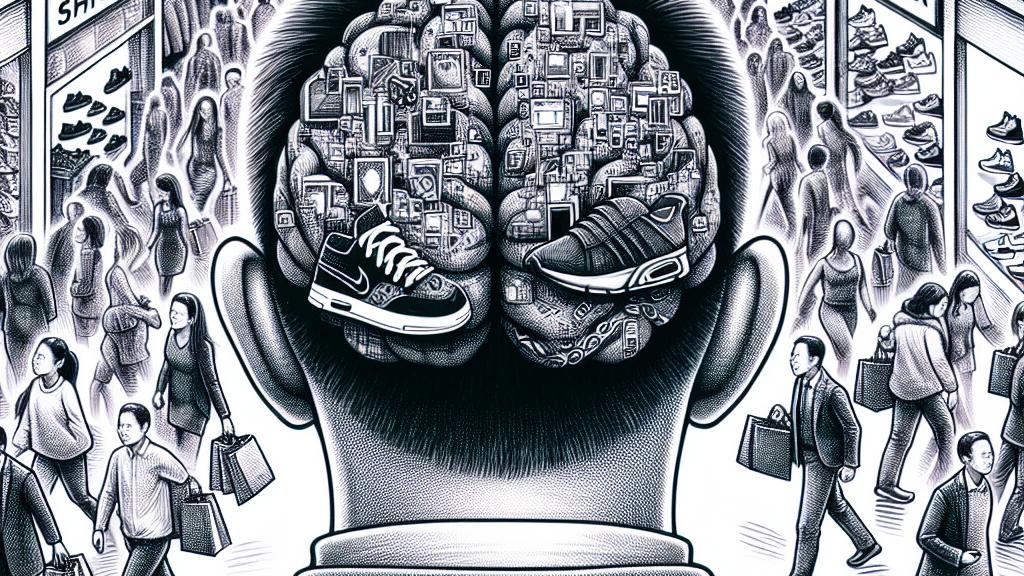Unlocking the Secrets of How Our Brain Influences Shopping Decisions
Overview
- Explore the science of shopping through neuroeconomics.
- Discover fascinating brain processes that shape buying behavior.
- Uncover the psychological forces driving our purchasing decisions.

How the Brain Engages in Shopping
In the thrilling shopping atmosphere of the United States, particularly during bustling events like Black Friday and Cyber Monday, millions of eager shoppers flood stores or websites, determined to find the best deals. But have you ever wondered what's really happening inside your brain while you shop? Uma Karmarkar, a neuroeconomist at UC San Diego, provides valuable insights into this captivating dance of neural activity. At the center of this exploration is the ventral striatum, a critical region of the brain that lights up excitedly in response to items we find desirable. Picture yourself gliding through a store, feeling a rush of excitement at the sight of trendy sneakers or the latest tech gadgets—your brain is already making connections, analyzing options, and craving these purchases, even before you consciously decide to grab them off the shelf.
The Emotional Melting Pot of Consumer Choices
Shopping is not just about picking out items; it's a deeply emotional experience, too. Karmarkar explains how various factors—irresistible discounts, peer pressure, or even an eye-catching advertisement—can ignite impulsive purchasing behaviors. Imagine scrolling through social media and seeing an influencer rave about a luxurious handbag; suddenly, you feel compelled to own it, fearing you might miss out if you don't. This overwhelming desire is often fueled by the fear of missing out (FOMO), which can lead to regrettable spending choices later on. Groundbreaking studies utilizing advanced imaging techniques, like fMRI scans, allow researchers to pinpoint the specific brain regions that are activated as decisions unfold. This exploration into brain activity highlights a vital point: our purchasing choices are often swayed by emotional responses rather than pure logic. Each click, each impulse buy reverberates through our emotional landscape, shaping our relationship with shopping.
Empowering You: Smart Shopping Strategies
Arming ourselves with knowledge about how our brains work during shopping can empower us to make smarter choices. Consider this: if you realize that online shopping tends to lead to hasty decisions more so than in-store shopping, it might be prudent to set firm budgets or adopt strategies like the '24-hour rule,' which encourages you to wait before making any non-essential purchases. Being aware of the cunning marketing techniques retailers employ—such as vibrant ads or endorsements from charming influencers—can also fortify your resolve against impulsive buys. Imagine confidently navigating stores or online platforms, focused on what you truly need and want. Each purchase can reflect your genuine desires rather than fleeting whims. This awareness transforms shopping into a more conscious practice, making each expenditure intentional and satisfying, ultimately turning what could be a mindless routine into a rewarding experience.

Loading...